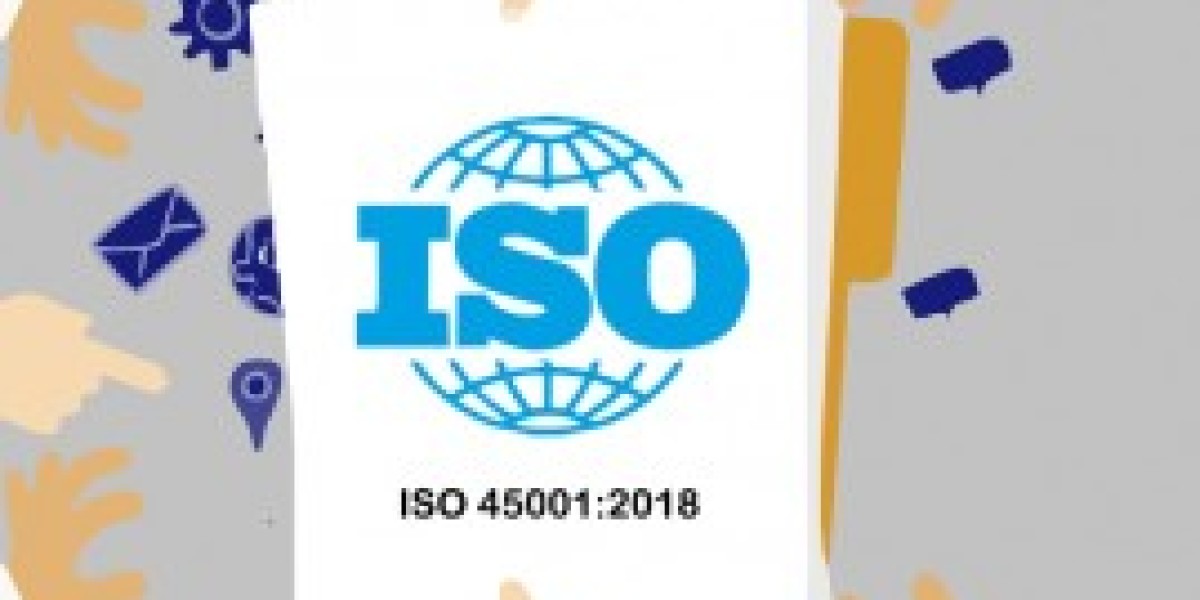Introduction:
Workplace safety is a paramount concern for organizations worldwide. Ensuring the health and well-being of employees not only fosters a positive work environment but also enhances productivity and operational efficiency. ISO 45001 certification serves as a testament to an organization's commitment to occupational health and safety, providing a structured framework for managing workplace risks and hazards. In this blog post, we'll explore the significance of ISO 45001 certification and its role in promoting a culture of safety and well-being in the workplace.
Understanding ISO 45001 Certification:
ISO 45001 is an international standard for occupational health and safety management systems (OHSMS), designed to help organizations minimize workplace risks, prevent work-related injuries and illnesses, and foster a safe and healthy work environment. Achieving ISO 45001 certification demonstrates an organization's dedication to protecting its employees and stakeholders from occupational hazards and ensuring compliance with relevant health and safety regulations.
Benefits of ISO 45001 Certification:
Enhanced Workplace Safety: ISO 45001 certification helps organizations identify, assess, and control workplace hazards, reducing the risk of accidents, injuries, and occupational illnesses.
Legal Compliance: Certification ensures that organizations comply with relevant occupational health and safety regulations and legislation, mitigating the risk of legal penalties and fines.
Improved Employee Morale: A safe and healthy work environment fosters employee morale, engagement, and satisfaction, leading to higher levels of productivity and retention.
Reduced Costs: By proactively managing occupational health and safety risks, organizations can reduce costs associated with workplace accidents, insurance premiums, and compensation claims.
Enhanced Reputation: ISO 45001 certification enhances an organization's reputation as a responsible employer and business partner, instilling trust and confidence among stakeholders and customers.
The ISO 45001 Certification Process:
Gap Analysis: Organizations conduct a gap analysis to assess their current health and safety management practices against ISO 45001 requirements and identify areas for improvement.
Development of OHSMS: Organizations develop and implement an occupational health and safety management system (OHSMS) that meets the requirements of ISO 45001, incorporating policies, procedures, and controls to manage workplace risks effectively.
Internal Audits: Internal audits are conducted to evaluate the effectiveness of the OHSMS and identify areas for improvement before undergoing certification assessment.
Certification Assessment: An accredited certification body conducts a thorough assessment of the organization's OHSMS to verify compliance with ISO 45001 requirements.
Certification Award: Upon successful completion of the assessment, the organization is awarded ISO 45001 certification, signaling its commitment to workplace safety and employee well-being.
Conclusion:
ISO 45001 certification is a testament to an organization's dedication to workplace safety and employee well-being. By achieving ISO 45001 certification, organizations can enhance workplace safety, comply with regulations, reduce costs, improve employee morale, and enhance their reputation. Embrace the journey to ISO 45001 certification today and prioritize the health and safety of your workforce for a brighter, safer future.








